Ephemera(2023)
人工智能艺术系列:蜉蝣
Credits: Jiayang & Yue
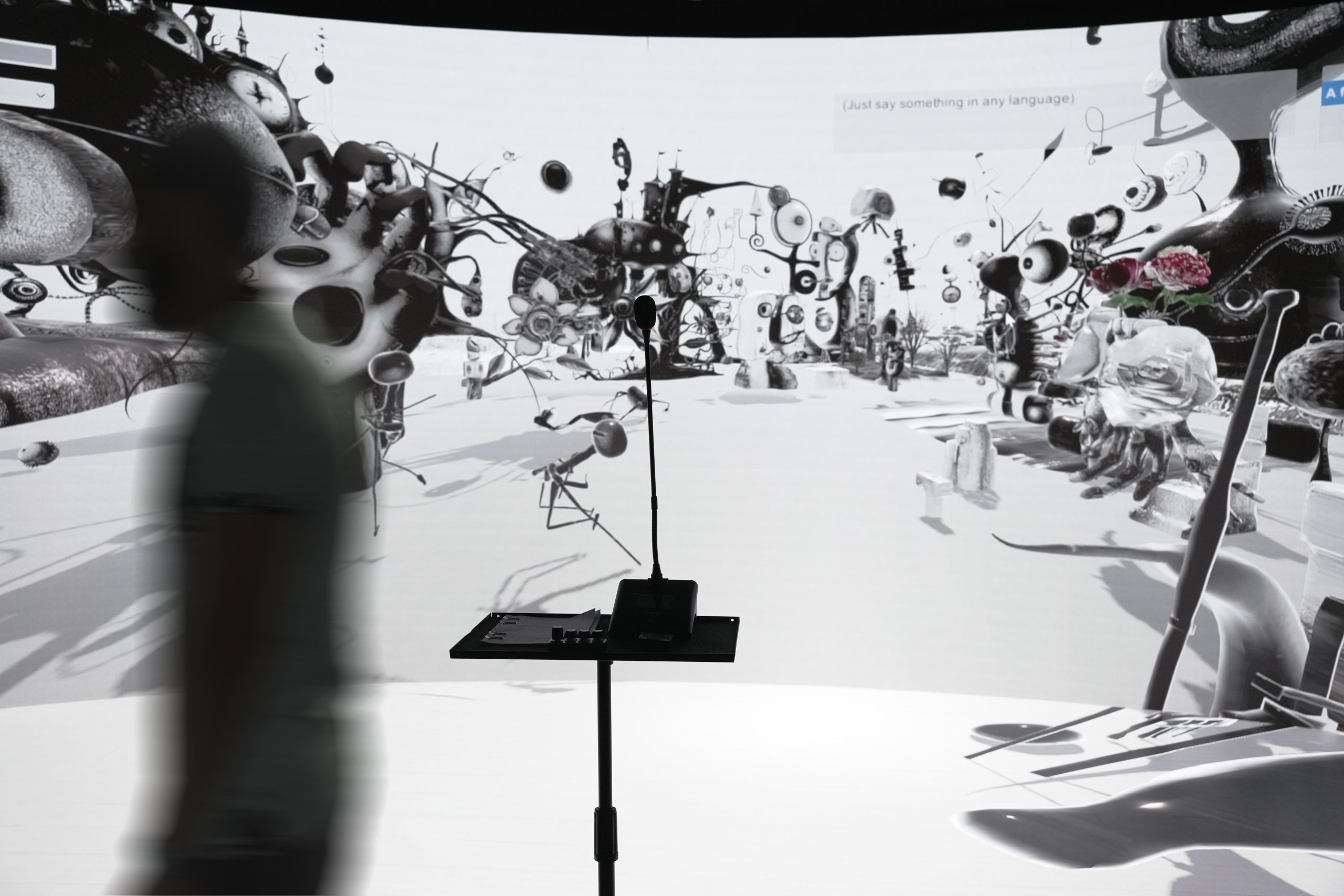
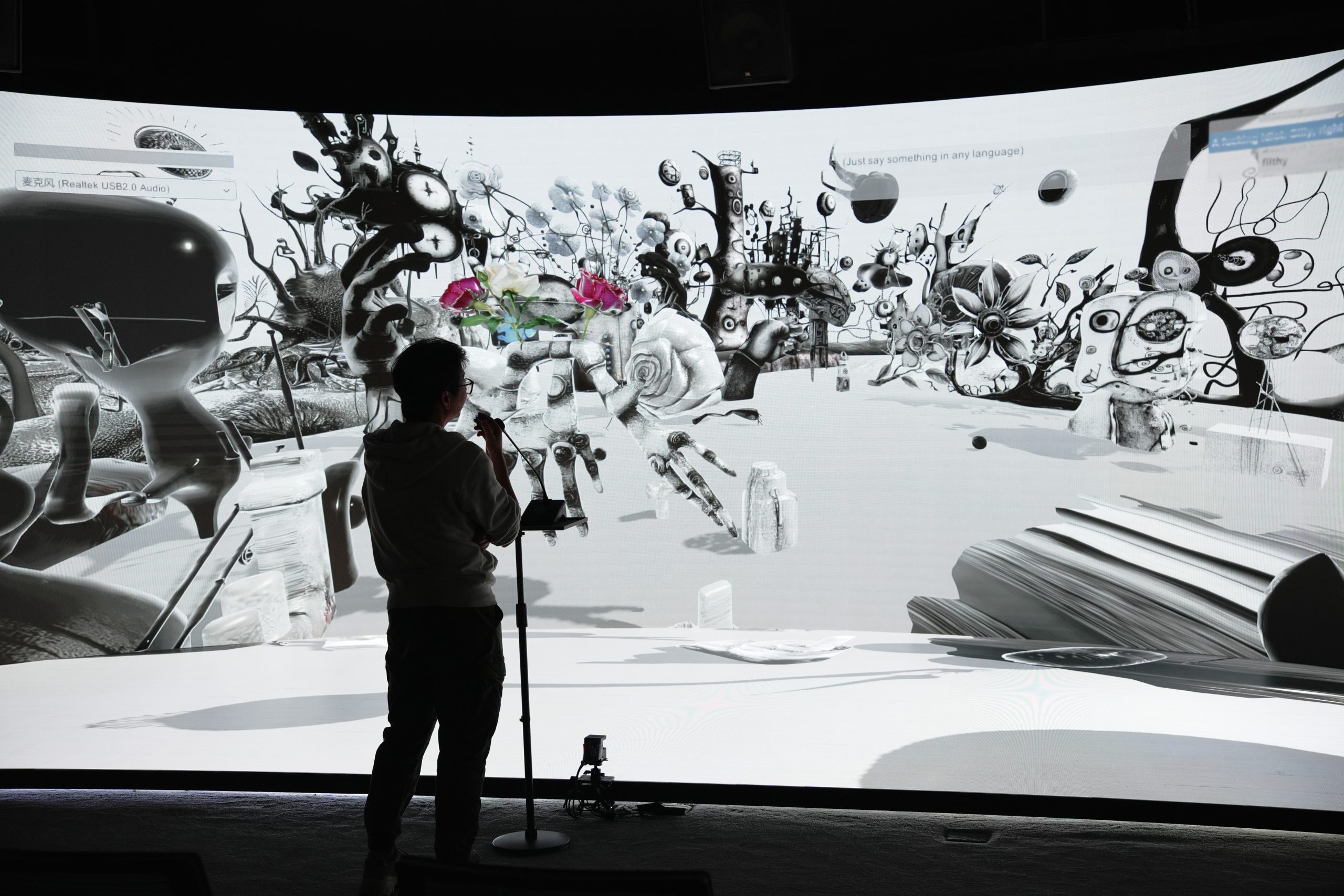
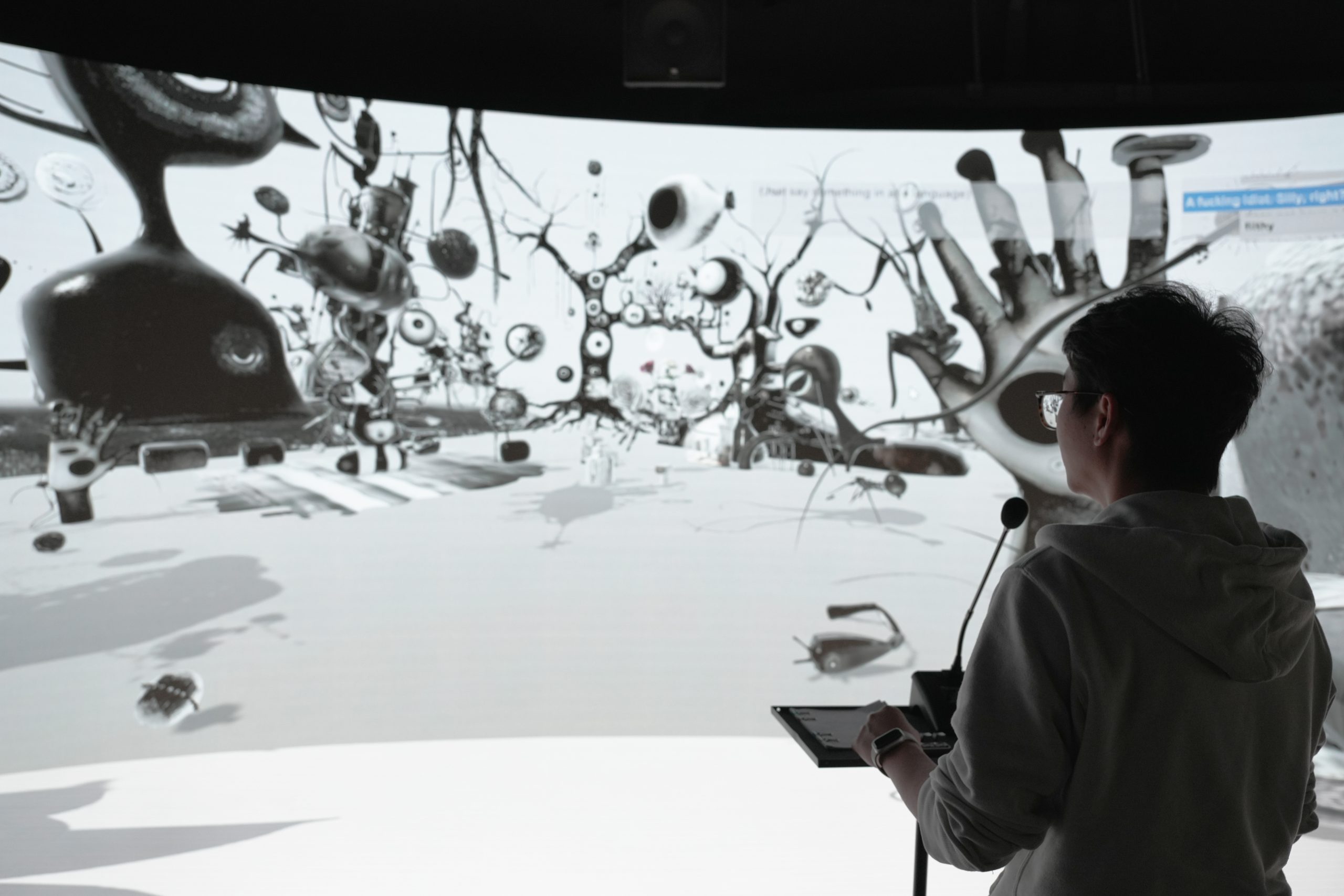
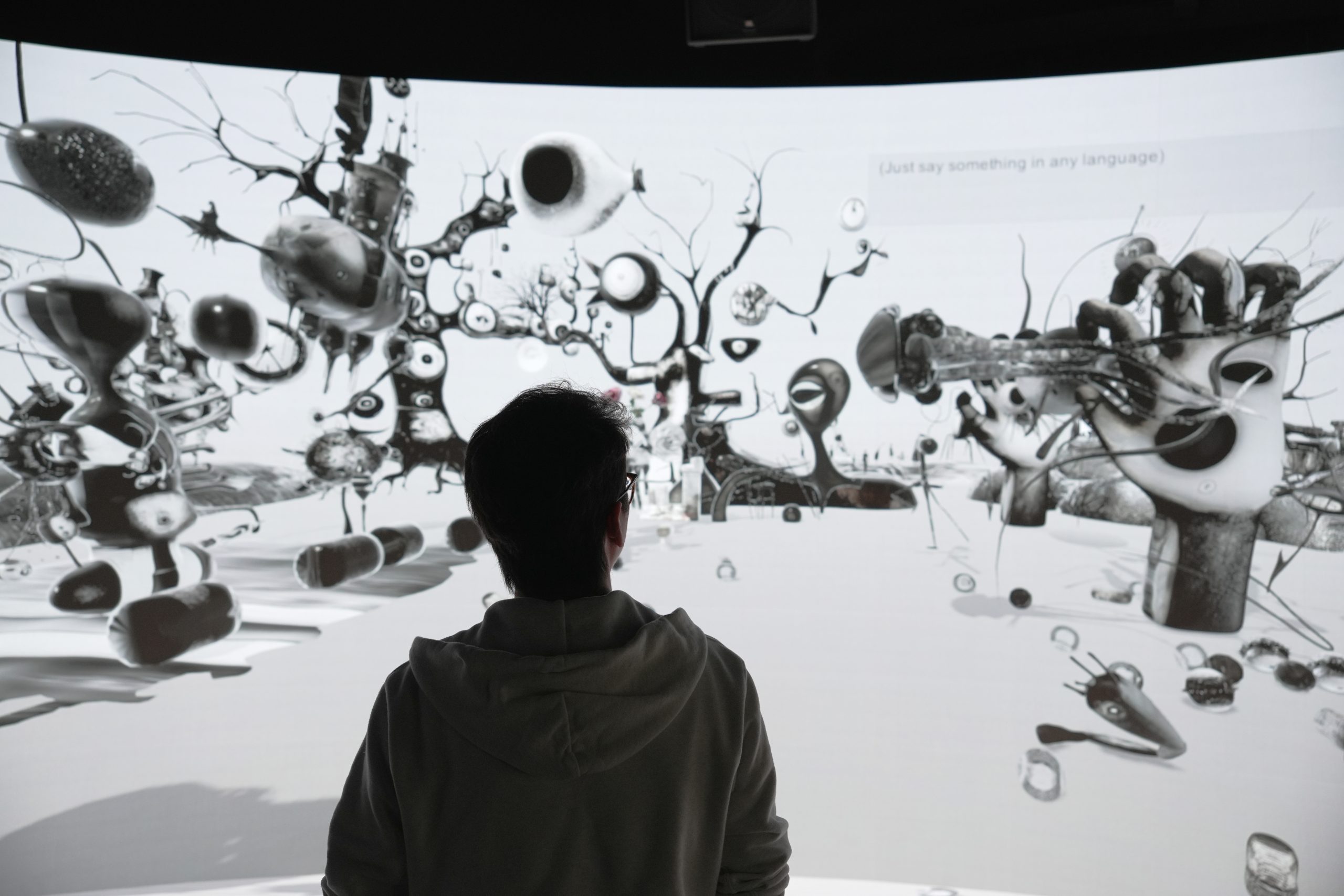
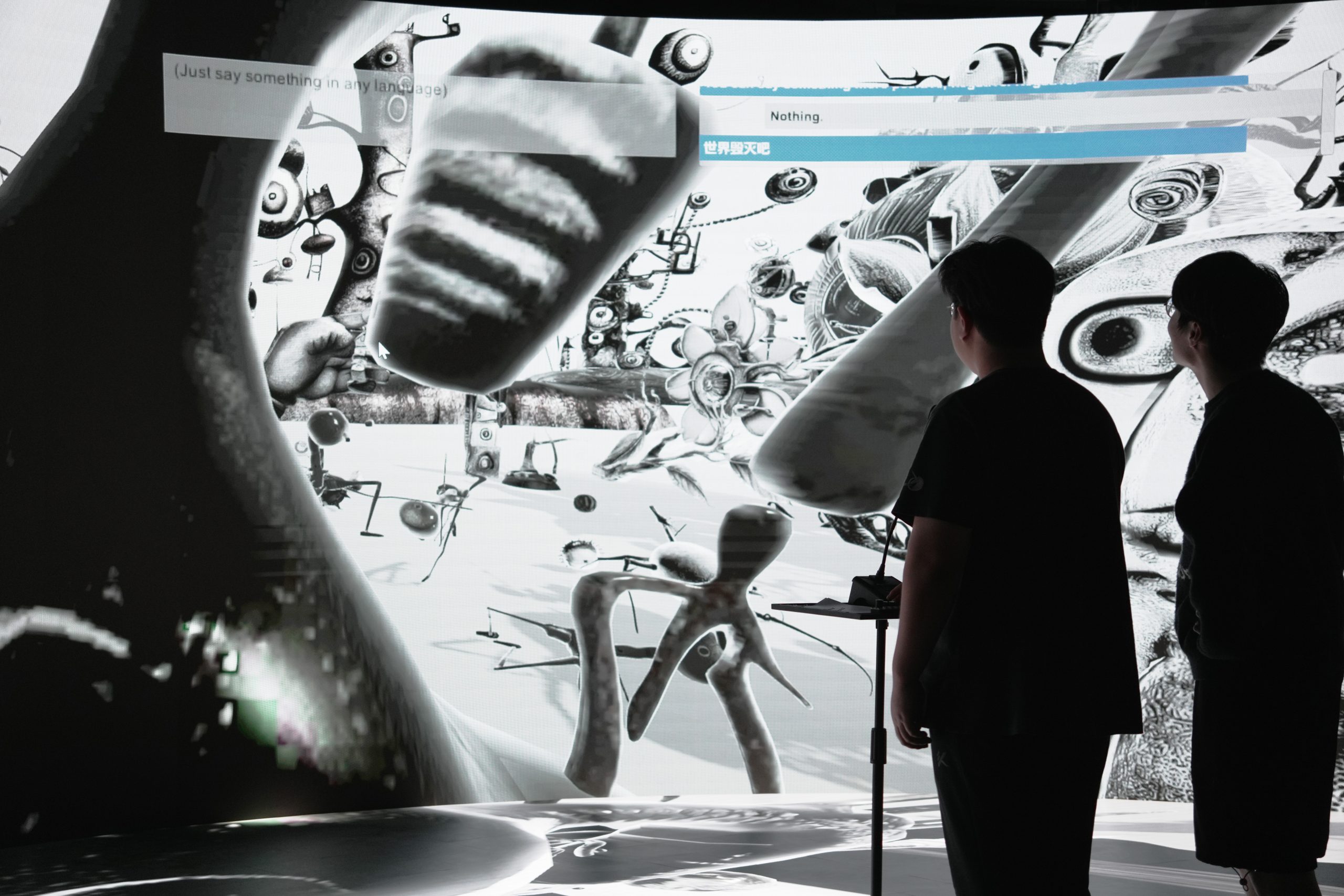
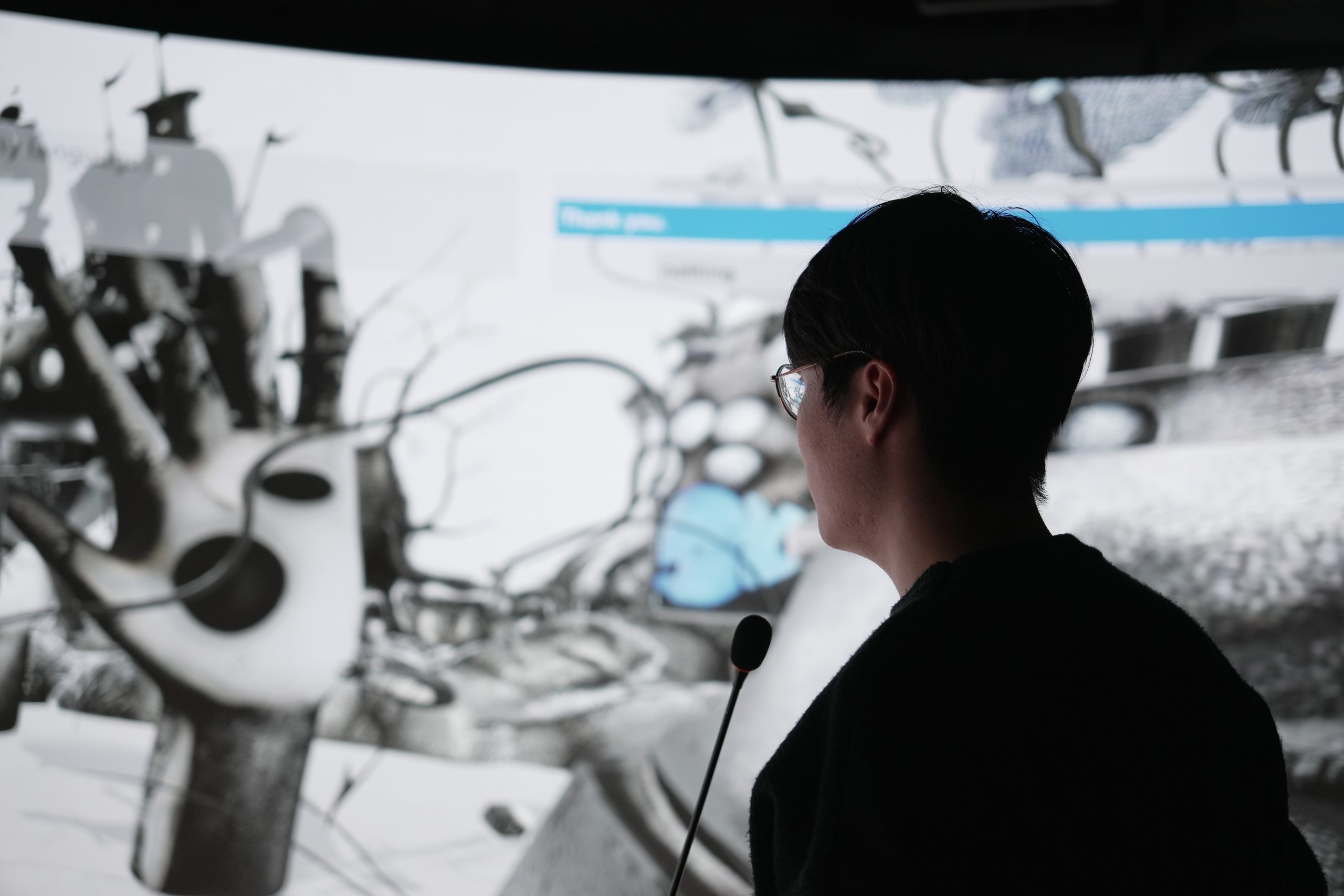
What is this project?
Ephemera is a speech-based interactive and immersive installation, that responds to the linguistic taboos encountered in daily communication, prompting audience reflection and thoughts. Within this project, we symbolize the dissemination chain of language through a digital ecosystem. Utilizing the surreal ‘virus’ as an artificial intelligence embodiment of banned words, we employ generative models for visual representation, leverage large language models for communicative agents, and use machine learning for behavioral engines, ultimately simulating a digitally autonomous micro-organism world of forbidden language. We aim to confront audiences with the power of language through visualization, prompting introspection regarding unconscious discourse in daily interactions or social media. Ultimately, our artistic project proposes the aphorism “Language as a virus, art as an antibody,” offering novel perspectives on language taboos and art-technology intersections.
This project initially started from two artistic experiments: the 101 AI manifesto and The Inn of the Flying Virus. The former, inspired by Breton’s 1920 Surrealist Manifesto, utilized GPT to produce 100 AI-perspective manifestos displayed on a webpage. The latter draws on Benjamin Peret’s The Inn of the Flying Arse (1922) as a pornographic, surreal prose that has been rejected by mainstream image-generating platforms, such as Midjourney. In other words, the online AI generation platform cannot execute tasks that contain banned words. So we used ‘virus’ as a substitute word and the artistic styles of Dali and Miro as prompts to generate a 2D visual storyboard. These images then informed the manual modeling of a 3D scene in Blender.
In general, Ephemera manifests as a defiant artistic expression, allowing participants to freely speak through a microphone. Only when the system recognizes negative language content it creates an embodiment of this taboo language within a surreal environment—the virus-agent. Within this ecosystem, the virus-agent either preys on other entities or faces elimination. This viral ecology metaphorically depicts the spread of language. Immersed within a digital CAVE, participants confront their linguistic virus-agents, witnessing these fleeting existences as carriers of unconscious genetic material.

